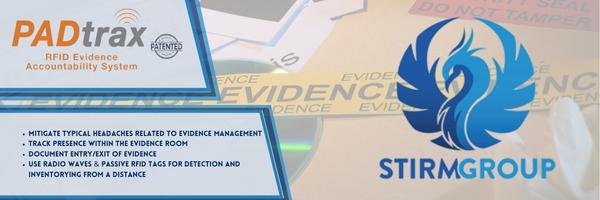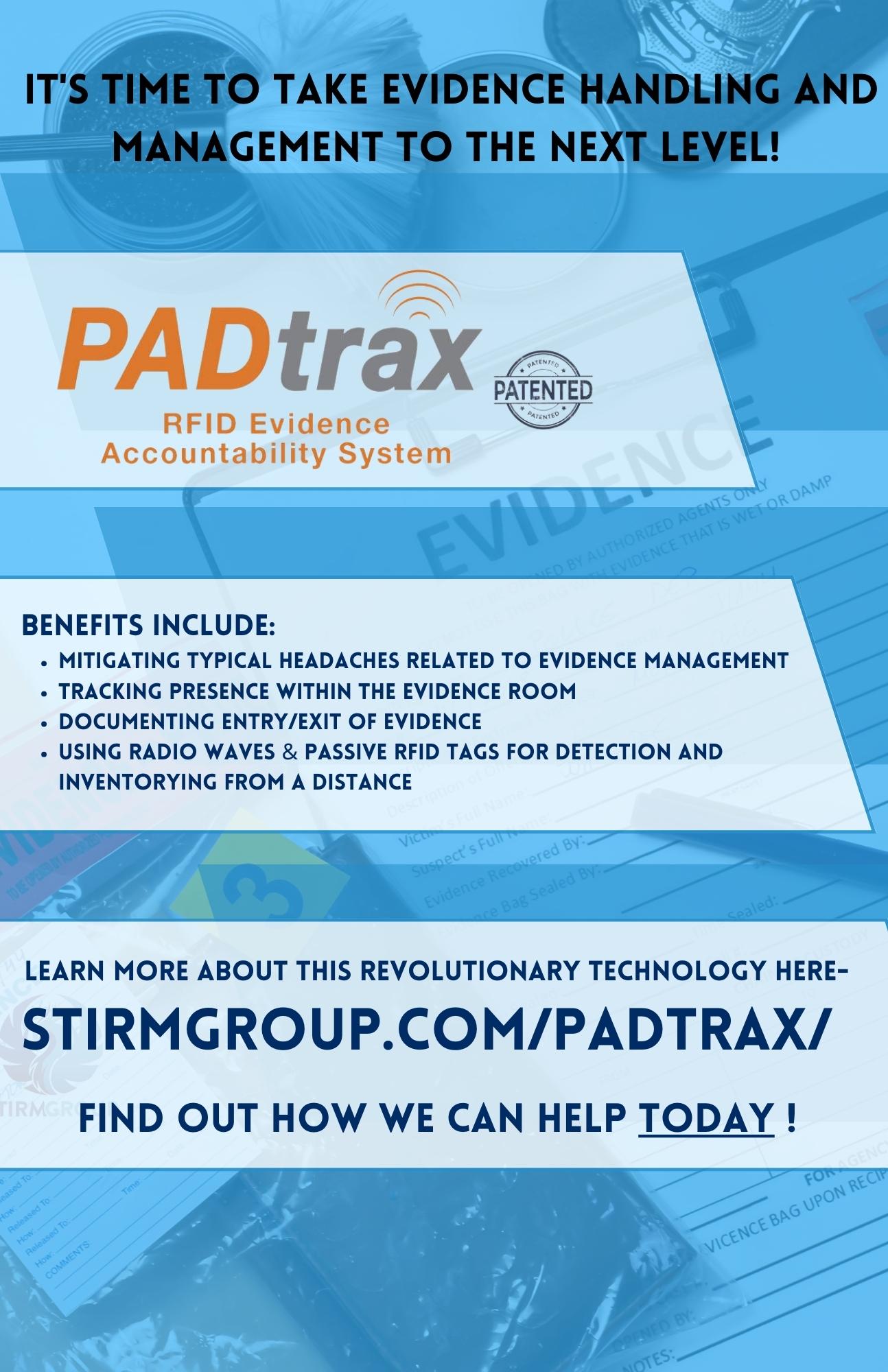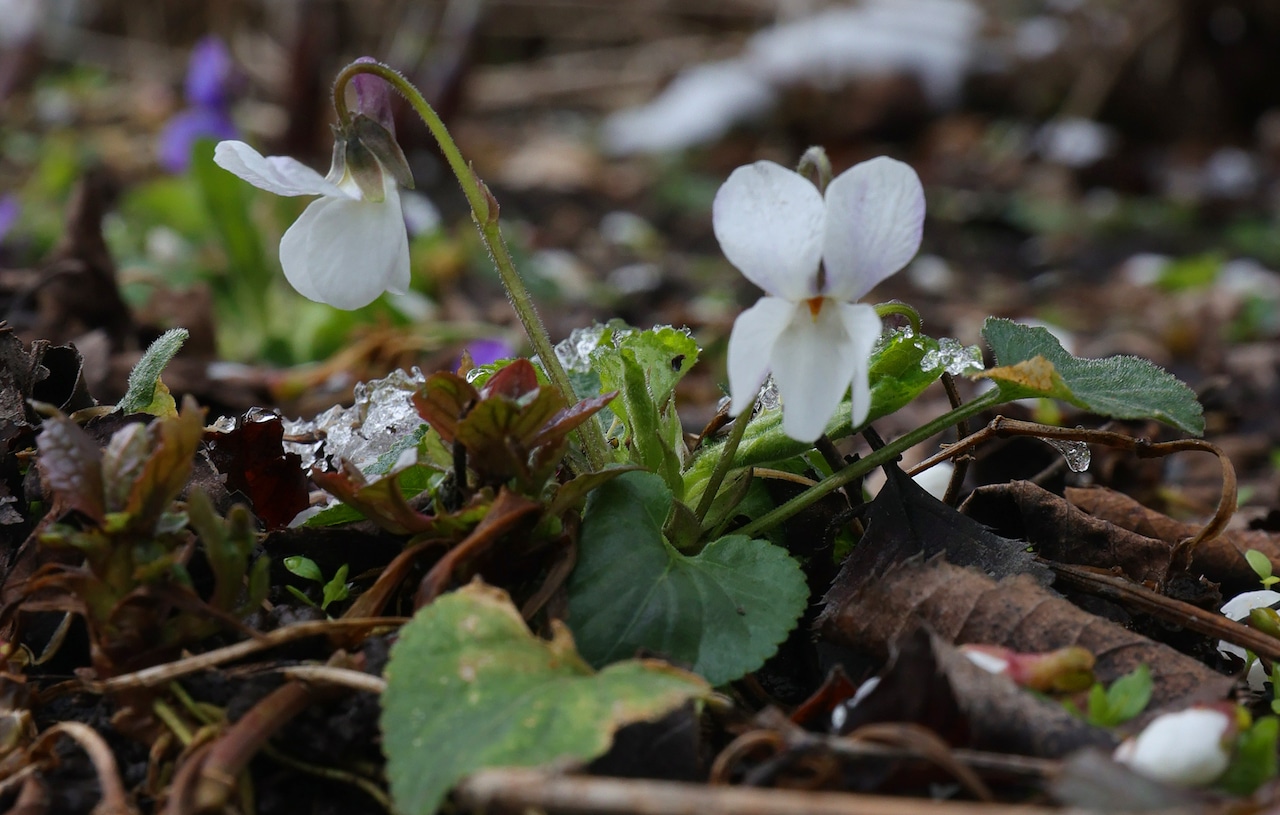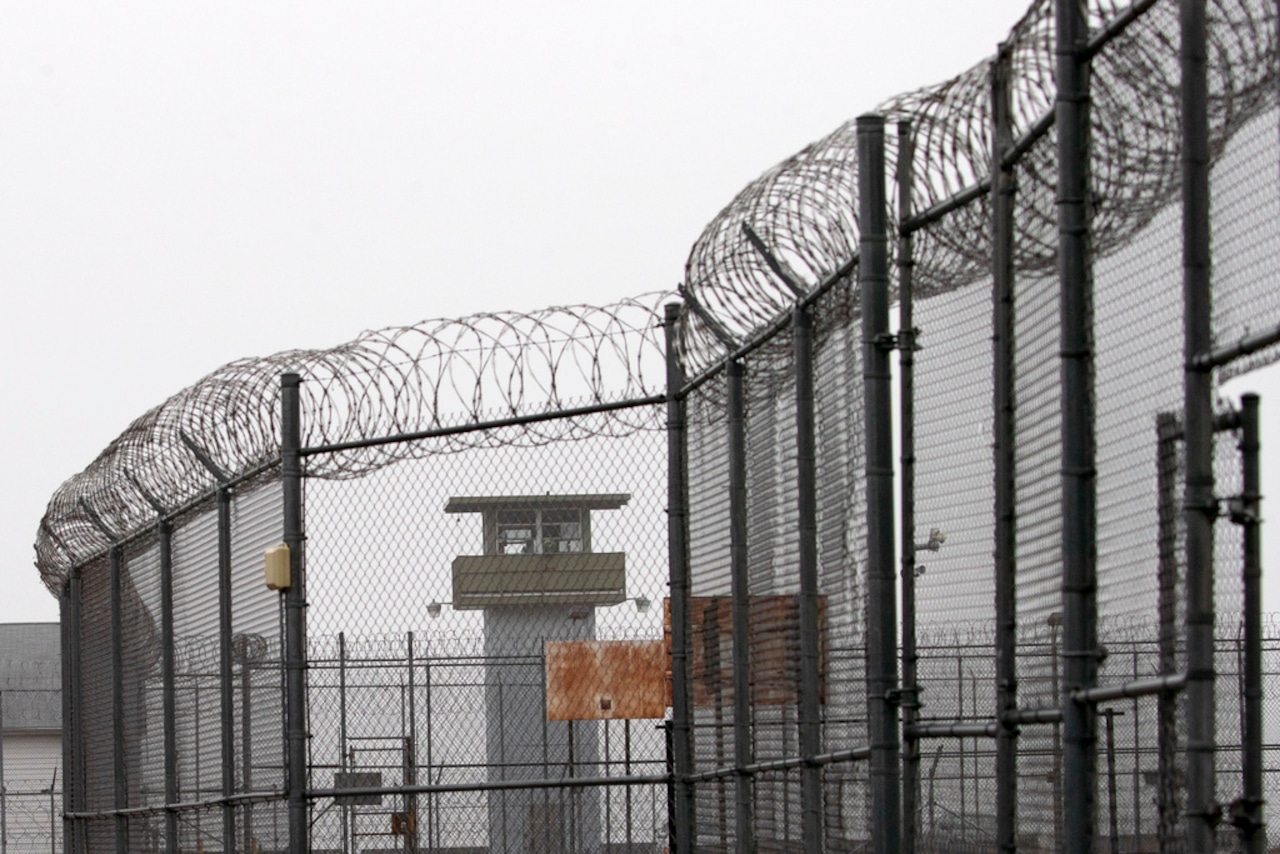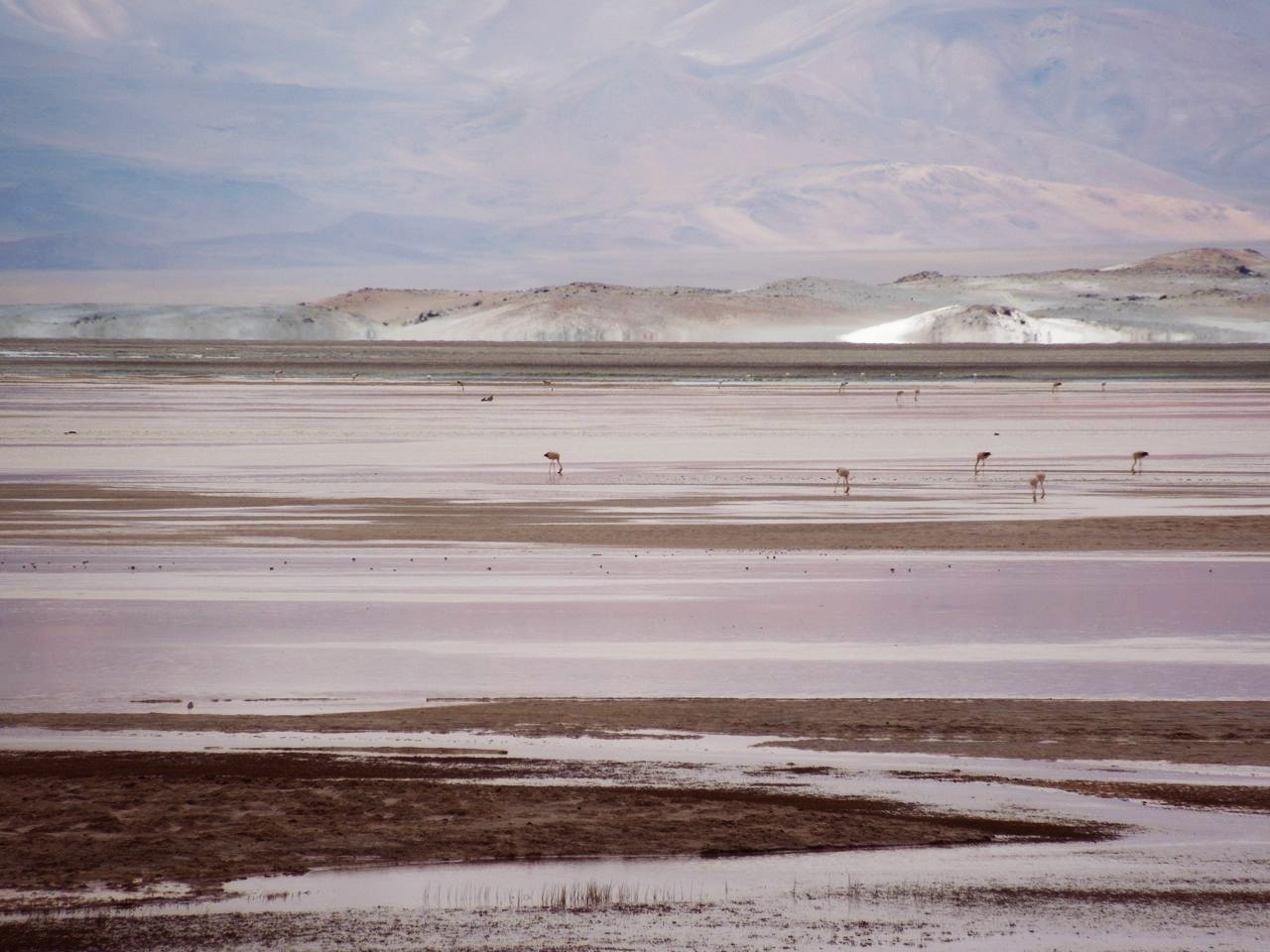
New research led by the University of Massachusetts Amherst scientists debunks commonly accepted models used to estimate available water for lithium mining — and found the mining to have significant environmental effects.
Lithium is essential for transitioning to green energy as lithium-ion batteries store solar and wind energy and power electric vehicles.
The new research is conducted in the “lithium triangle” of Chile, Argentina and Bolivia, where 60% of the world’s lithium comes from, according to David Boutt, UMass Amherst professor and the paper’s senior author.
The researchers are sounding the alarm, finding that there is far less water available than what has been estimated by global models.
This is a concern because water extraction or evaporation is necessary when mining for lithium because lithium is often mixed with water.
While lithium occurs naturally in layers of volcanic ash, it reacts quickly with water so that when rain or snowmelt goes through the layers, it leaches into the groundwater. It moves downhill to a flat basin and becomes a briny mixture of water and lithium, forming beneath pockets of fresh surface water to create lagoons.
“The conventional wisdom is overestimating the amount of water by at least an order of magnitude,” Boutt said. “We found that all but one of the 28 basins in our study should be classified as ‘critically water scarce,’ even without incorporating current, to say nothing of future, demands on the water supply.”
Boutt is among several authors who are current or former UMass Amherst students and researchers, as well as people from the University of Alaska Fairbanks and Anchorage.
If more people over-extract fresh water in lithium mining than what’s available, there could be serious consequences, Boutt said.
“There’s the potential for drying up rivers or streams or wetlands or lagoons in this part of the world that are really important biodiversity habitats,” he said.
Global conventional models believed there was an average of 90 and 230 mm per year of inflow freshwater but the researchers determined it was closer to between 2 and 33 mm depending on the basin.
The average was 11 mm for the 28 basins they looked at.
The researchers created a new model, called the Lithium Closed Basin Water Availability model, to create a better estimate.
The researchers also determined that new methods for mining lithium use 10 times more water than the older process in the lithium triangle.
With lithium mining only increasing, the researchers said in their paper — published in Communications Earth and Environment —that scientists, local communities, regulators and producers have to collaborate to reduce water use and monitor water levels.
“There’s a lot less fresh water in these regions. New projects that are being developed should be very, very careful about how they estimate that amount of fresh water and then eventually, you know how they use that water,” Boutt said.

